In today's fast-paced world, there's a growing movement of people who yearn for a simpler, more self-reliant lifestyle—one that isn't entirely dependent on the conventional networks and services most urban dwellers take for granted. This aspiration often crystallizes into a concept known as "living off the grid",powered by advanced off-grid solar generators.
Definition of Living Off the Grid

"Living off the grid" refers to a lifestyle choice wherein individuals or communities choose to function without the reliance on public utilities, particularly the electricity grid. It's not merely about living without electricity, though. It embodies a broader ideology of self-sufficiency: generating one's own power, sourcing water, managing waste, and even producing food. It's a choice that often arises from a combination of environmental consciousness, financial considerations, and the desire for independence.
Importance of Sustainable Energy Sources for Off-Grid Living
The heart of off-grid living beats with the rhythm of sustainable energy. Without the main power grid, off-gridders must turn to alternative energy sources to power their homes, heat their water, and run their appliances. This is where solar generators, wind turbines, and other renewable technologies come into play.
Opting for sustainable energy sources is not just about practicality—it's also a matter of ethos. Many who live off the grid do so with a deep-seated respect for the environment and a commitment to reducing their carbon footprint. Every watt generated from a solar panel or wind turbine is one less derived from fossil fuels, making sustainable energy both a practical and ethical cornerstone of off-grid living.
Moreover, sustainable energy sources offer a level of resilience. In times of natural disasters or infrastructural failures, those living off the grid with their own energy sources are often less affected, highlighting the importance of self-reliance and preparedness in an unpredictable world.
How Solar Generators Work

At its core, a solar generator captures sunlight and converts it into electricity. But this process is more intricate than it sounds. Here's a simplified breakdown:
1. Solar Panels Absorb Sunlight:
When sunlight strikes the solar panels, it excites the electrons in the cells of the panels. This excitement of electrons creates a flow of electricity.
2. Conversion to Usable Electricity:
The electricity generated by solar panels is direct current (DC). However, most home appliances and systems use alternating current (AC). This is where the inverter comes in. It converts the DC from the panels into AC for household use.
3. Storage in Batteries:
Not all generated electricity is used immediately. Excess power is stored in batteries for use during times when the sun isn't shining, such as at night or on cloudy days.
4. Regulation with Charge Controllers:
To protect the batteries and optimize their lifespan, a charge controller regulates the flow of electricity into and out of the batteries. It ensures the batteries don't overcharge during sunny days and don't discharge too much during usage.
What are the components of Solar Generator?
1. Solar Panels:
These are the primary components that capture sunlight. Made up of numerous solar cells, they are often installed on rooftops or in open areas that receive ample sunlight.
2. Battery Storage:
Batteries store the excess energy produced by the solar panels. The capacity of these batteries determines how much power can be saved for later use. Modern solar generators often use lithium-ion batteries due to their high efficiency and longer lifespan.
3. Inverters:
These are pivotal in making the generated electricity usable. An inverter's role is to convert the DC produced by solar panels into AC, which is the standard for most electronic appliances and devices.
3. Charge Controllers:
Often overlooked but vital, charge controllers act as gatekeepers for the electricity flowing into the battery storage. They ensure optimal charging conditions, protect against overcharging, and extend the overall life of the batteries.
What are the benefits of Going Off-Grid?

Reduced Dependence on Traditional Energy Sources
1. Price Stability:
Traditional energy prices can be unpredictable, often influenced by geopolitical events, supply constraints, and market dynamics. By going off-grid, you insulate yourself from the volatility of energy prices, leading to more predictable living costs.
2. Freedom from Outages:
Grid failures, blackouts, and service interruptions are a recurring challenge in many regions. By relying on your own energy sources, you bypass these challenges, ensuring uninterrupted power supply.
3. Independence:
There's an intrinsic value in knowing you're not tethered to the whims and constraints of major utilities. This independence can offer a deep sense of accomplishment and autonomy.
Lower Environmental Impact
1. Renewable Energy Adoption:
Off-grid living often involves harnessing renewable energy sources like solar, wind, or hydro power. By using these, you contribute to a decrease in the burning of fossil fuels, which is a primary cause of global warming.
2. Reduced Carbon Footprint:
By minimizing reliance on conventional energy, you inherently reduce your carbon footprint, making a positive impact on the planet.
3. Promotion of Sustainable Practices:
Living off-grid often goes hand-in-hand with other sustainable practices like rainwater harvesting, composting, and organic farming. Together, these practices foster a more harmonious relationship with nature.
Increased Self-Sufficiency
1. Skill Acquisition:
Off-grid living requires a set of skills—whether it's maintaining solar panels, understanding battery storage, or troubleshooting a wind turbine. The journey instills a diverse skill set, making you more self-reliant and knowledgeable.
2. Control Over Resources:
Producing your own power, water, and even food gives you control over your resources. You're not just a consumer but an active participant in generating and managing your essentials.
3. Resilience in Uncertain Times:
The ability to be self-sufficient is especially valuable in times of natural disasters, economic downturns, or other unpredictable events. Off-gridders often fare better in such scenarios, as they've cultivated a lifestyle of preparedness and adaptability.
Comparative Review: OUPES Solar Generator Kits
OUPES 600 + 1*100W Solar Panel | Solar Generator Kit

Pros:
1. Compact and lightweight design
2. Affordable price point
3. Suitable for small-scale off-grid setups
4. Easy setup and installation
5. Expandability options for additional panels
6. Price: 488$
OUPES 1800 + 4*100W Solar Panel | Solar Generator Kit
Pros:
1. High power capacity for larger off-grid systems
2. Multiple solar panels for increased energy generation
3. Robust and reliable performance
4. Suitable for a wide range of applications
5. Expandable and adaptable to growing energy need
6. Price: $1359
OUPES 1200 + 1*240W Solar Panel | Solar Generator Kit

Pros:
1. Balance between power capacity and portability
2. Efficient energy generation with a single high-wattage panel
3. Versatile and suitable for moderate off-grid setups
4. Relatively affordable considering its capabilities
5. Price: $968
Factors to Consider When Choosing a Solar Generator
Your Energy Needs and Consumption Patterns
1. Assessing Your Energy Needs:
Begin by evaluating your typical energy consumption. Consider the devices you'll power and their wattage requirements. This assessment will help you determine the solar generator's size and capacity that suits your needs.
2. Daily Usage Patterns:
Examine when and how you plan to use the solar generator. Do you need continuous power, or will intermittent use suffice? Understanding your usage patterns will guide you in selecting the right battery capacity and inverter size.
Battery Capacity and Lifespan
1. Battery Type
Different solar generators come with various battery types, including Lithium-ion, Lead-acid, and Lithium Iron Phosphate (LiFePO4). Each type has its own advantages and limitations, so choose one that aligns with your requirements and budget.
2. Battery Capacity:
The capacity of the solar generator's battery is crucial. It determines how much energy can be stored and used. Consider a capacity that not only meets your current needs but allows room for future growth if necessary.
3. Battery Lifespan:
Investigate the expected lifespan of the battery technology used. Longer battery lifespans reduce the frequency of replacements and long-term costs.
Scalability and Expandability
1. Scalability:
Determine if the solar generator is scalable, meaning it can accommodate additional solar panels or batteries. Scalability can be advantageous for adapting to increased energy demands over time.
2. Expandability:
Explore whether the solar generator allows for easy expansion by adding more solar panels or batteries. An expandable system offers flexibility for future upgrades.
Weather Conditions and Solar Insolation in Your Area
1. Weather Considerations:
Understand the climate in your region. Solar panel efficiency can be affected by extreme temperatures, humidity, and shading. Some solar generators are better suited to specific climates.
2. Solar Insolation:
Research the average sunlight exposure in your area. Solar insolation impacts the system's energy generation. Knowing your local insolation levels will help you size the solar array appropriately.
Budget Considerations
1. Upfront Costs:
Consider your initial budget for purchasing the solar generator. Determine how much you're willing to invest in the system.
2. Long-Term Savings:
Assess the long-term cost savings associated with your chosen solar generator. Consider factors like reduced electricity bills and maintenance costs.
How to install Off-Grid Solar System ?
1. Positioning the Panels:
Panels should be oriented towards the sun’s path for maximum exposure, typically facing true south in the northern hemisphere and true north in the southern hemisphere.
2. Setting Up the Mounting System:
Depending on your chosen location (roof, ground, etc.), set up the appropriate mounting structure ensuring it's firm and angled optimally.
3. Connecting to the Charge Controller:
Once panels are mounted, connect them to a charge controller using the appropriate cables. The controller regulates the power flow to the batteries, ensuring they're neither overcharged nor excessively drained.
4. Linking to the Inverter:
The energy stored in batteries is in DC (Direct Current). An inverter is necessary to convert this to AC (Alternating Current) for standard appliance use. Connect your battery storage to the inverter.
5. Safety Precautions:
Ensure all connections are secure. Use appropriate safety equipment, and consider employing circuit breakers to protect your system from potential electrical malfunctions.
Maintenance and Longevity of Solar Generator
A well-maintained solar generator can provide consistent and reliable energy for many years. Ensuring the longevity of your system isn’t just about maximizing your investment; it's also about ensuring the sustainability of your off-grid lifestyle. Below are some detailed insights into the maintenance and care of solar generators.
Tips for Prolonging the Life of Your Solar Generator
1. Regular Cleaning:
Solar panels can accumulate dust, pollen, and bird droppings. Ensure they are cleaned periodically to maintain optimal energy absorption. Using mild soap and water with a soft brush or cloth can be effective.
2. Proper Battery Care:
Keep the batteries in a cool, dry place and ensure they're not exposed to extreme temperatures, as this can reduce their lifespan. Also, avoid completely draining batteries – some depth of discharge (DOD) is healthy, but excessive draining can damage them.
3. Monitor System Performance:
Regularly check the system’s output to ensure it is performing as expected. Drops in performance can indicate issues that need addressing.
4. Protect from Extreme Conditions:
While solar generators are built for outdoor use, protecting them from extreme weather conditions like hail can prevent physical damage.
Troubleshooting Common Issues
1. Reduced Energy Output:
If the system's output drops, check the solar panels for obstructions or dirt. Also, inspect for any shading that might have developed due to new constructions or growing trees.
2. Battery Issues:
If the batteries aren’t holding charge or draining too quickly, it might be a sign of their age or a faulty battery. It can also indicate issues with the charge controller.
3. Inverter Alarms or Errors:
Modern inverters have diagnostic tools and will show errors or sound alarms if there's a problem. Reference the user manual or contact the manufacturer for specifics on any error messages.
4. Loose Connections:
Regularly inspect the system for any loose or fraying wires, as these can impact performance and pose safety risks.
Recommended Maintenance Schedules and Practices
1. Monthly Checks: Perform a visual inspection for loose connections, check for obstructions on the panels, and monitor the system output.
2. Quarterly Maintenance: Clean solar panels, inspect mounting hardware for security and potential wear, and check battery terminals for corrosion.
3. Annual Review: Besides the above, annually test battery health and capacity, inspect the inverter's performance, and if possible, get a professional review to ensure the system is running optimally.
4. Stay Updated: Technology evolves, and manufacturers often release software updates for components like inverters. Ensure your system software is up-to-date to maintain peak performance.
Real-Life Case Studies

Solar energy has transformed lives across the globe, providing countless individuals and communities with sustainable power. To truly grasp the impact of off-grid solar solutions, let's delve into these real-life case studies that highlight varied applications and benefits.
Profile 1: A Family Living Off-Grid in a Mountainous Region
The Martins, Rocky Mountains
In the rugged terrains of the Rocky Mountains, the Martin family chose to build their dream home away from urban chaos. Their off-grid solar system consists of a series of high-efficiency solar panels installed on the south-facing slope, optimized for sunlight exposure throughout the year.
Challenges:
1. Harsh winters with reduced sunlight.
2. Remote location making traditional grid connection expensive.
Solutions:
1. The Martins installed a large battery bank, ensuring they have sufficient power storage during cloudy days.
2. They also incorporated a small wind turbine to harness wind energy during periods when sunlight was scarce.
Outcome:
The family now enjoys uninterrupted power, with a system that's resilient to the area's challenging conditions. Their sustainable lifestyle also minimizes their carbon footprint, making them stewards of environmental conservation.
Profile 2: A Couple Powering Their RV with Solar Energy on Their Travels
Jake & Lucy's Solar-Powered Adventures
Jake and Lucy, a retired couple, decided to explore the continent in their RV. Instead of relying on traditional RV hookups, they chose to retrofit their vehicle with flexible solar panels.
Challenges:
1. Limited space on the RV roof.
2. Need for portable and efficient energy solutions.
Solutions:
1. They selected high-efficiency flexible solar panels that contoured to the RV's roof.
2. A compact battery storage system was installed, providing power during nighttime or while parked in shaded areas.
Outcome:
Jake and Lucy can now camp in remote locations without worrying about power sources. Their solar setup not only reduces their travel costs but also promotes an eco-friendly journey.
Profile 3: A Community Project Providing Off-Grid Solar Power in a Remote Village
Sunlight for Sankara Village, Africa
In Sankara, a remote African village, grid electricity was a distant dream due to its isolated location. An NGO stepped in to launch a community project, installing a solar microgrid for the entire village.
Challenges:
1. Limited technical knowledge among villagers.
2. Need for a scalable and communal power solution.
Solutions:
1. The NGO set up a training program, teaching locals about system maintenance and basic troubleshooting.
2. They created a communal solar farm on the village outskirts, connected to a central battery storage facility.
Outcome:
Sankara village transformed overnight. Children could study after sunset, local businesses extended their operating hours, and the community experienced an enhanced quality of life. The project serves as a beacon for similar initiatives worldwide.
These case studies highlight the adaptability and transformative power of off-grid solar solutions. From individual homes to entire communities, solar energy offers a promising path towards a sustainable future.
Wrap Up

In the ever-evolving journey towards a greener, more sustainable lifestyle,off grid solar generators have emerged as a beacon of hope and innovation. Harnessing the sun's energy, these devices champion a movement away from our over-reliance on fossil fuels, aligning our energy needs with the rhythms of nature itself.
Throughout this article, we've delved deep into the myriad of options available, from compact units for the casual traveler to robust systems capable of powering entire households. Each brings with it a promise: a commitment to preserving the environment and a stride towards energy autonomy.
But beyond the technicalities and product specifications, there lies a deeper narrative. It's a narrative of transformation — from passive consumers to proactive guardians of our planet. The choice to go solar, to live off the grid, is not just a statement of personal independence; it's a testament to a collective responsibility we hold for the generations to come.
In this vast tapestry of renewable energy solutions, solar generators are but one thread. Yet, their significance cannot be overstated. They symbolize a society that's awakening to its environmental duties, one rooftop and backyard at a time. As the golden hues of the sun cast long shadows, remember that each sunrise brings with it a renewed opportunity to make sustainable choices.
With solar generators at our side, we're not just harnessing energy but also sowing seeds for a brighter, more sustainable future. So, as we conclude, let's remember that every step taken towards sustainable living, no matter how small, contributes to a larger movement towards a harmonious coexistence with nature.

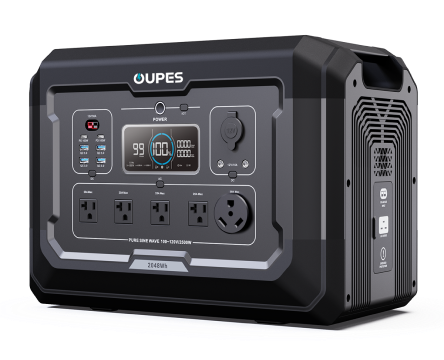
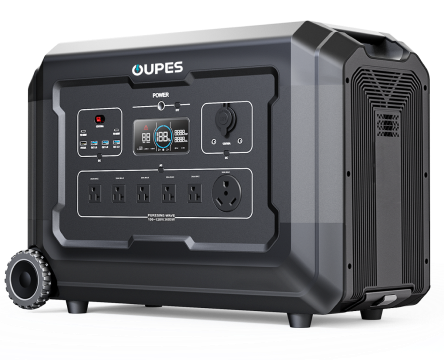
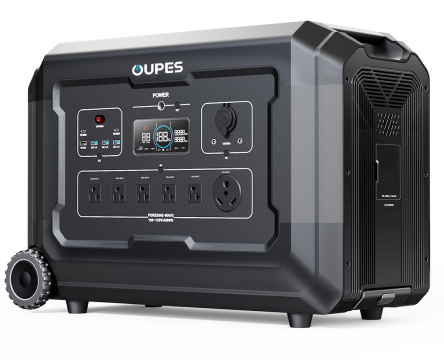
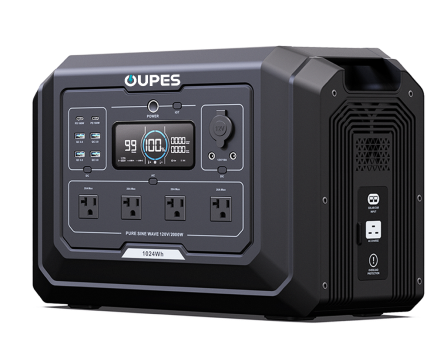
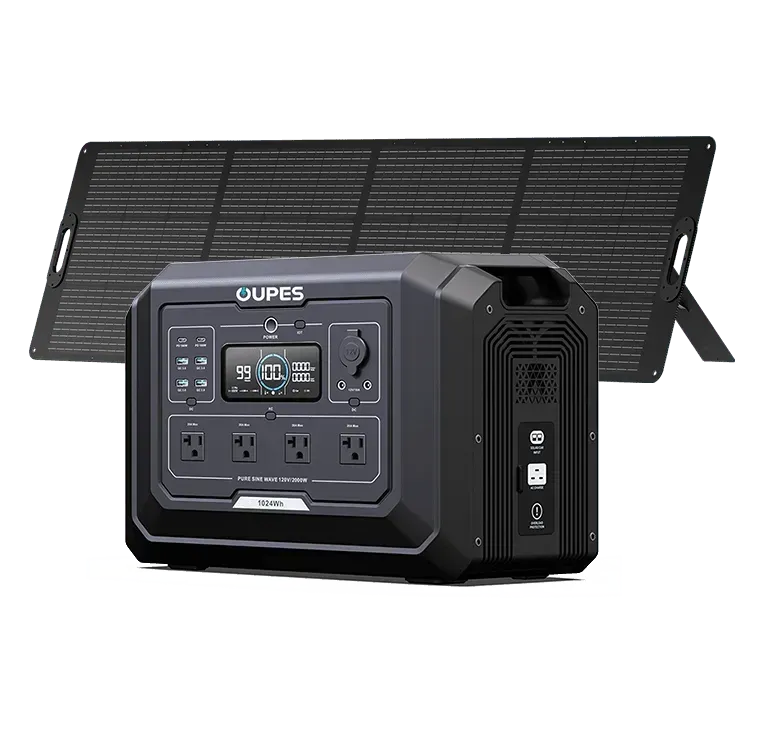
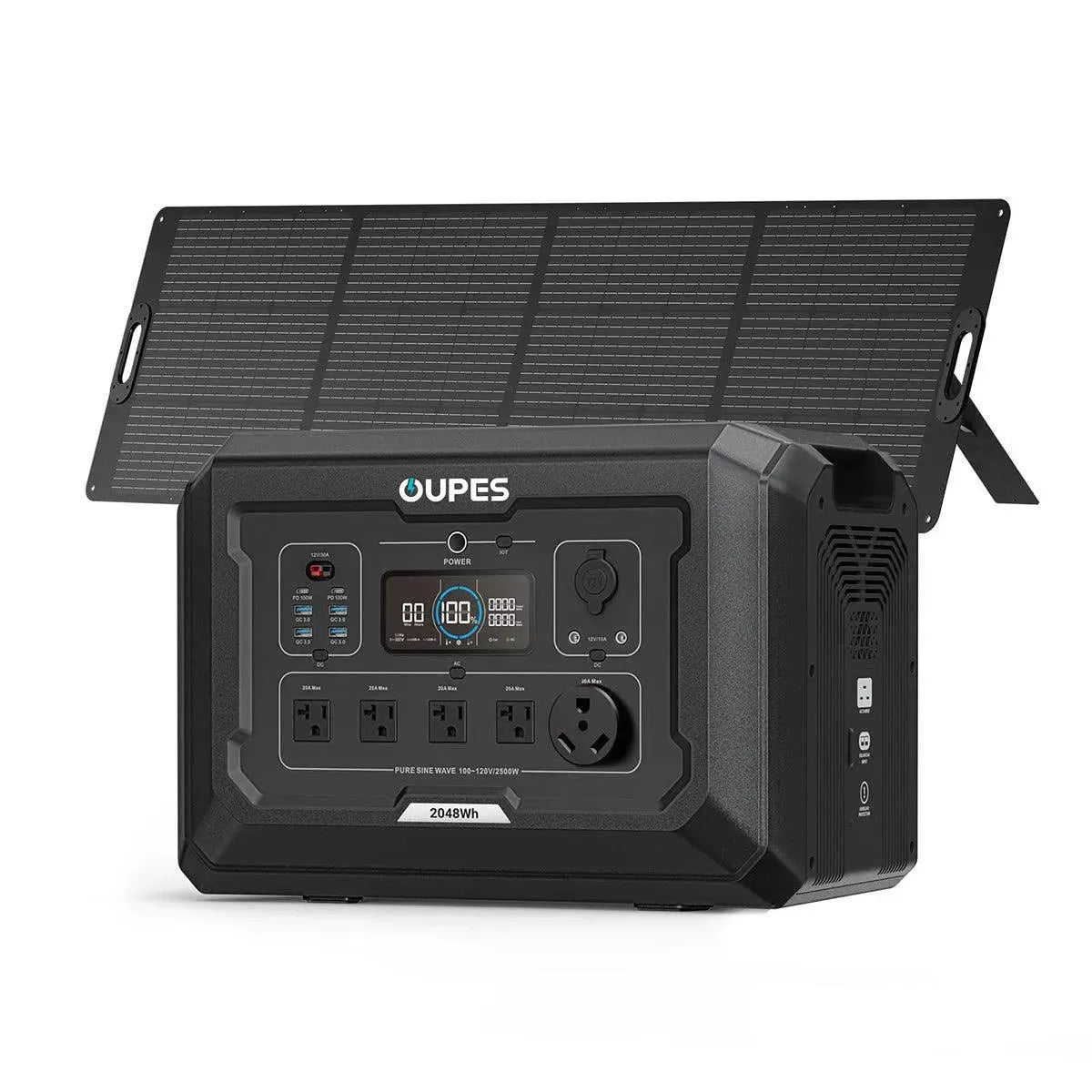
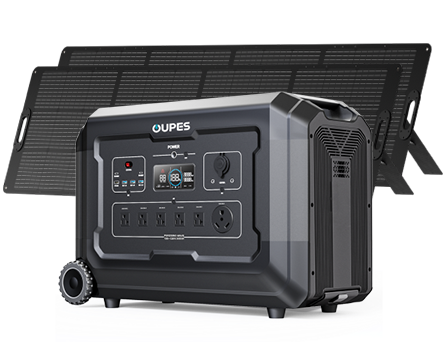
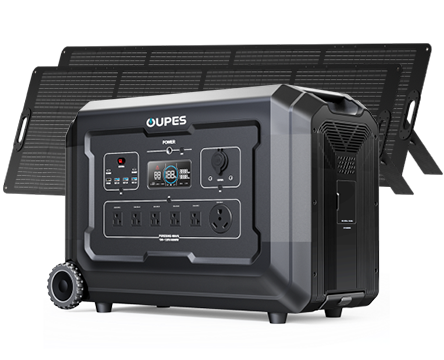
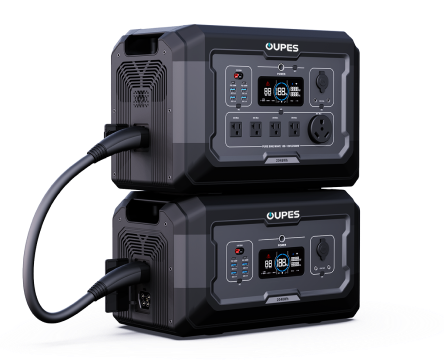
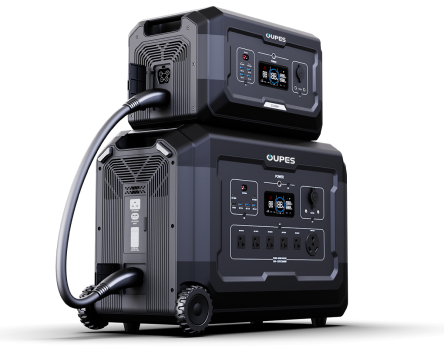
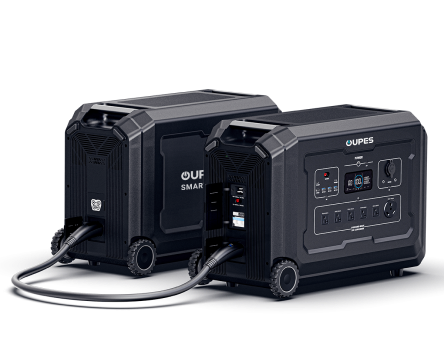
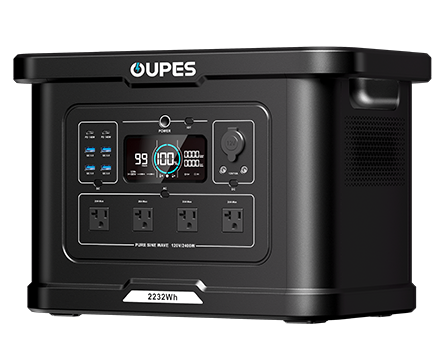
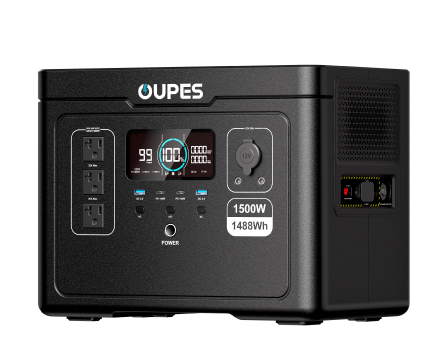
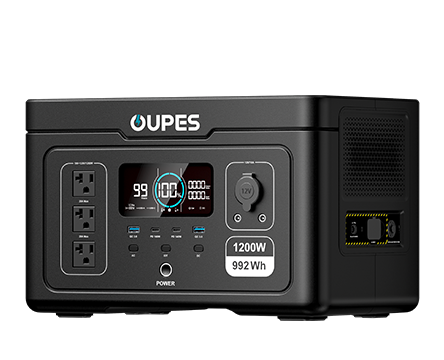
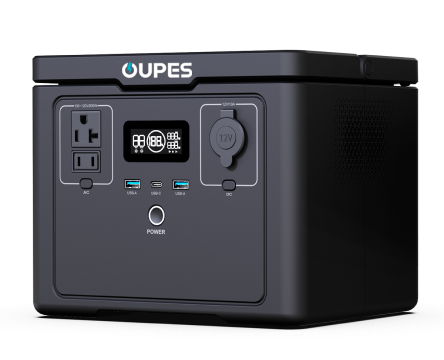
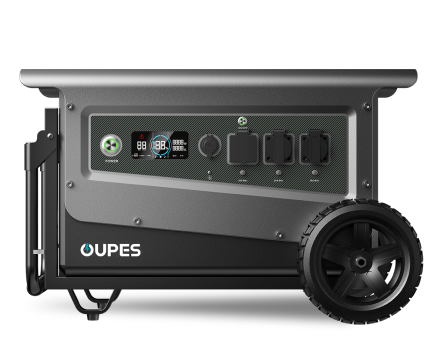
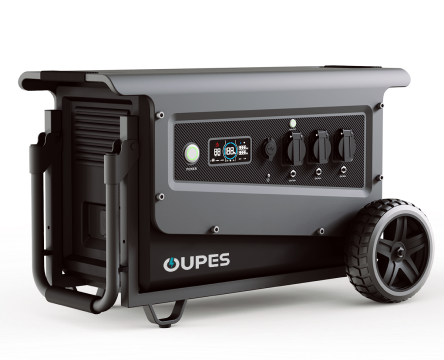
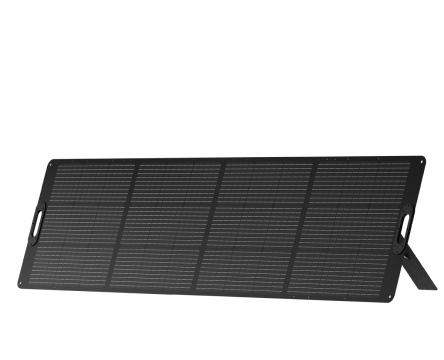
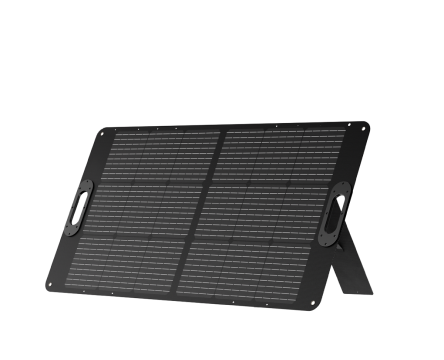
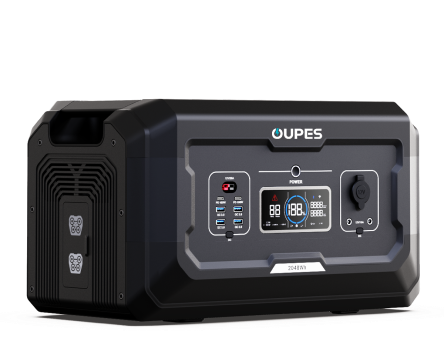
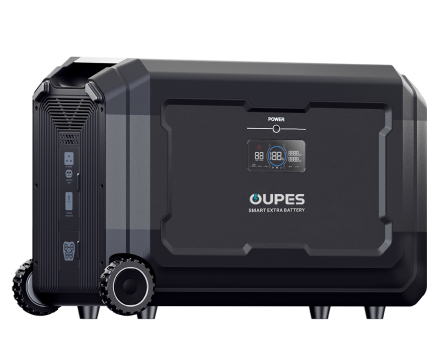
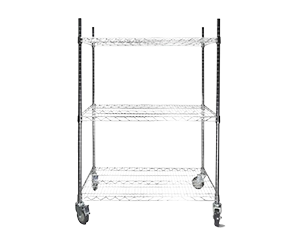
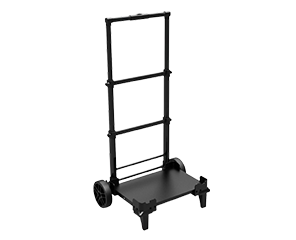
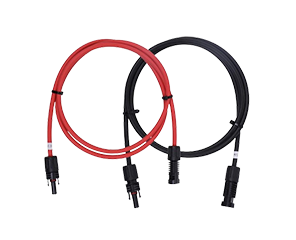
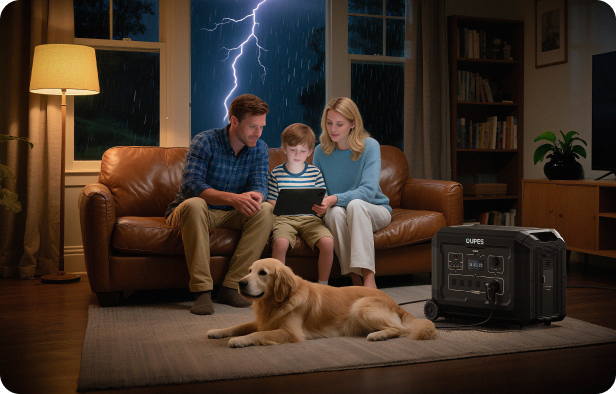

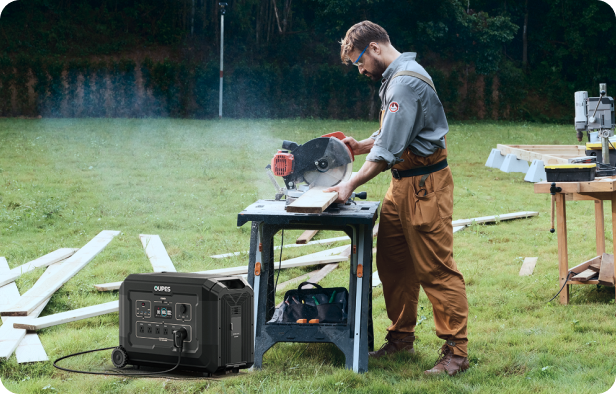
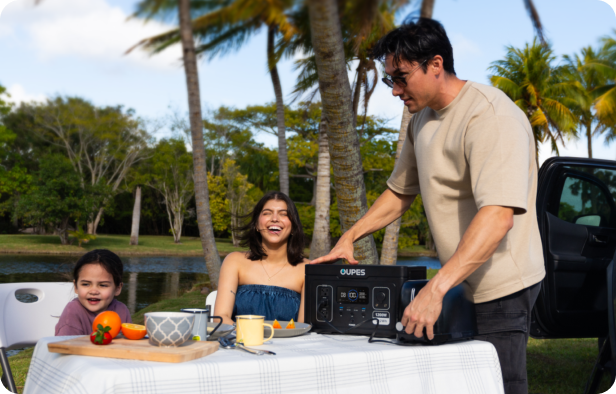



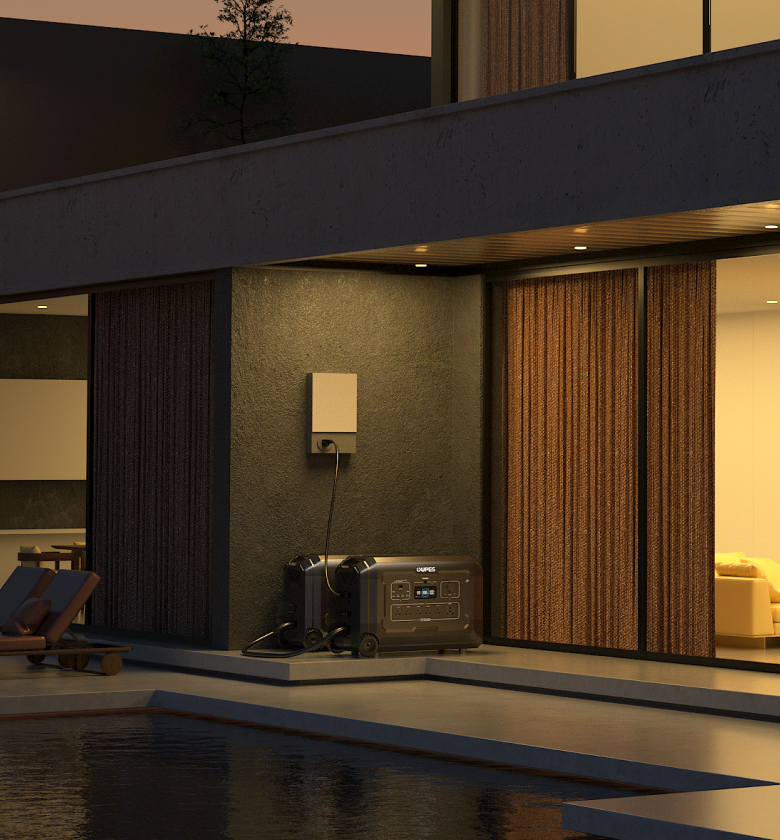
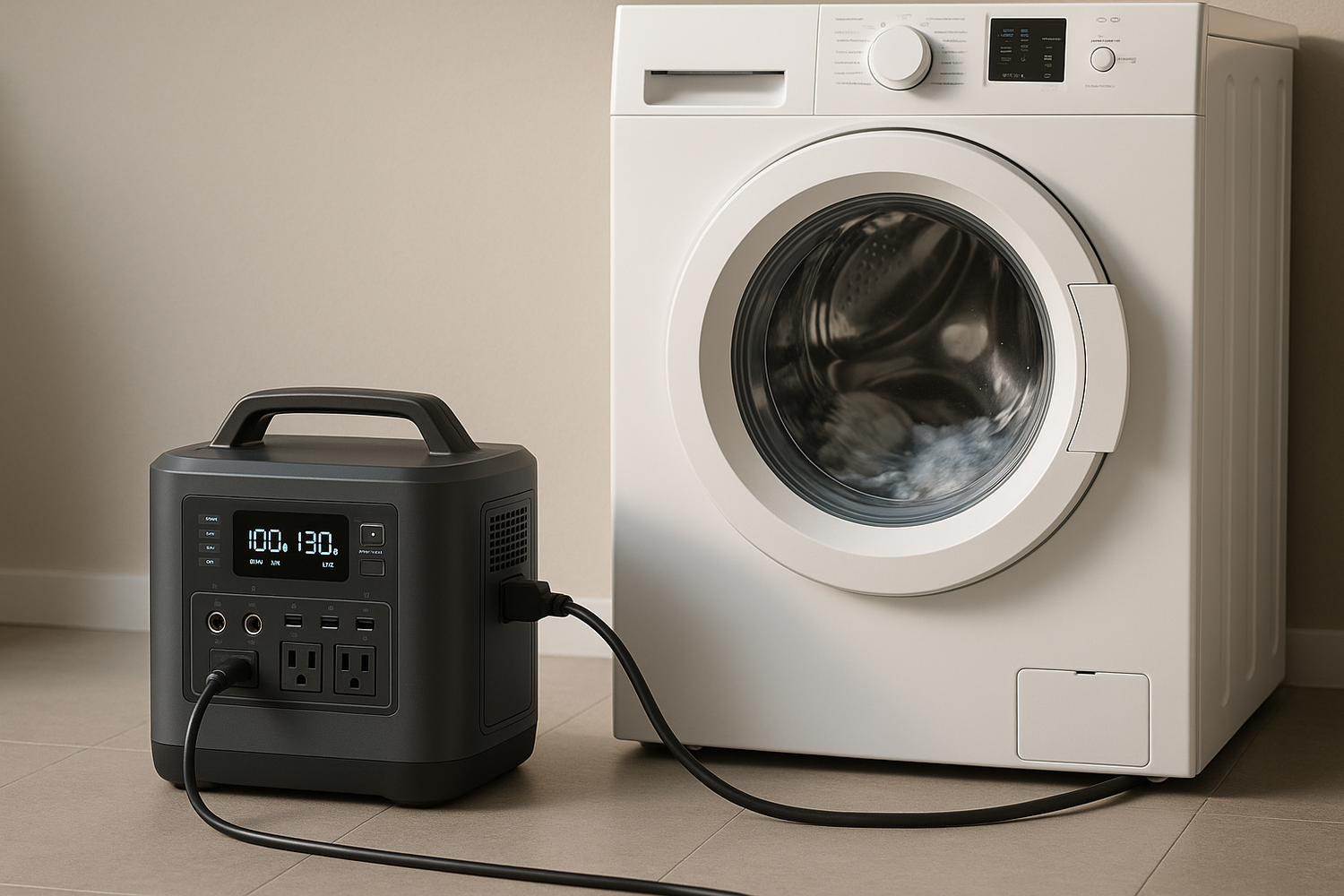

Leave a comment
This site is protected by hCaptcha and the hCaptcha Privacy Policy and Terms of Service apply.